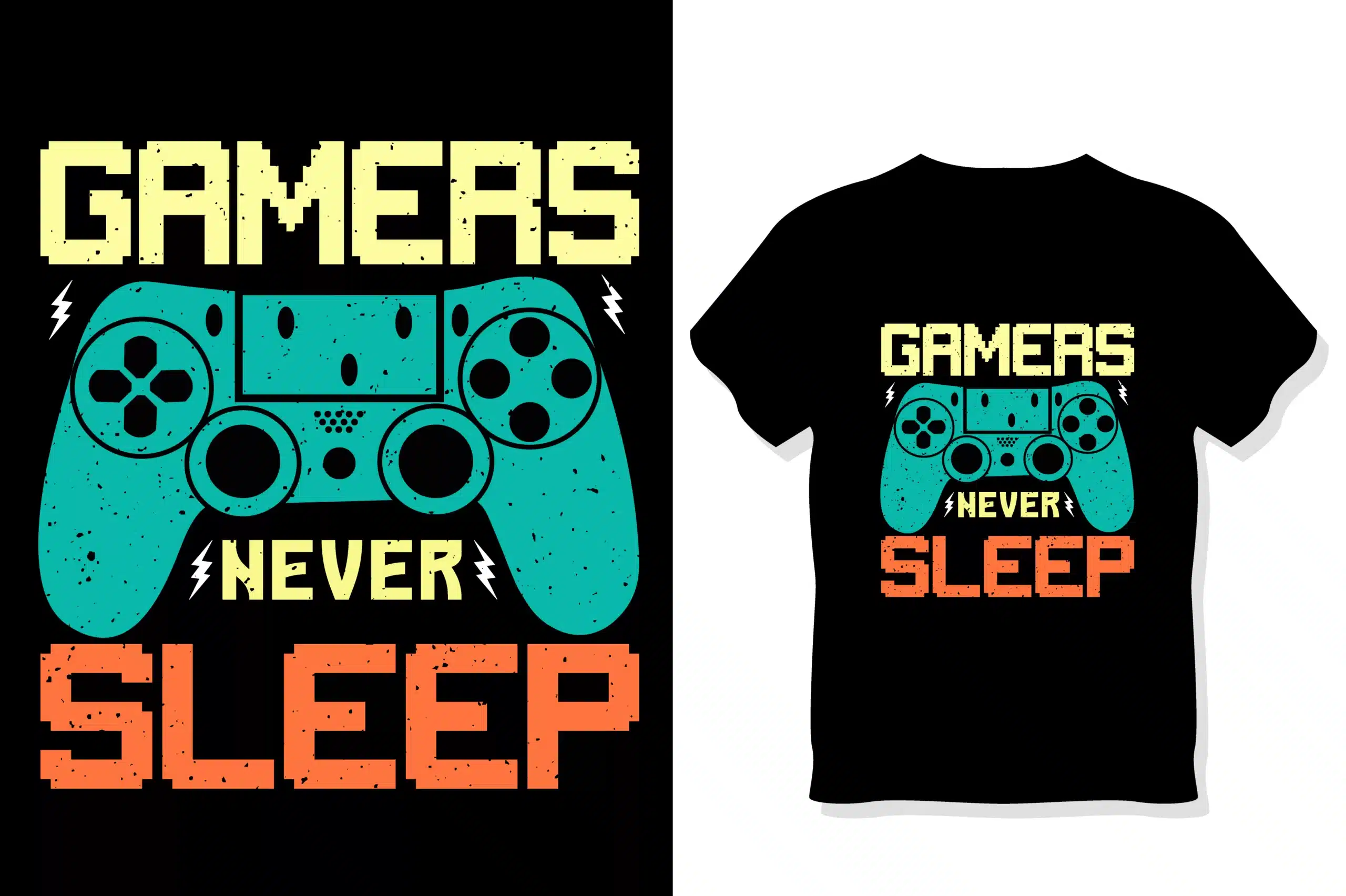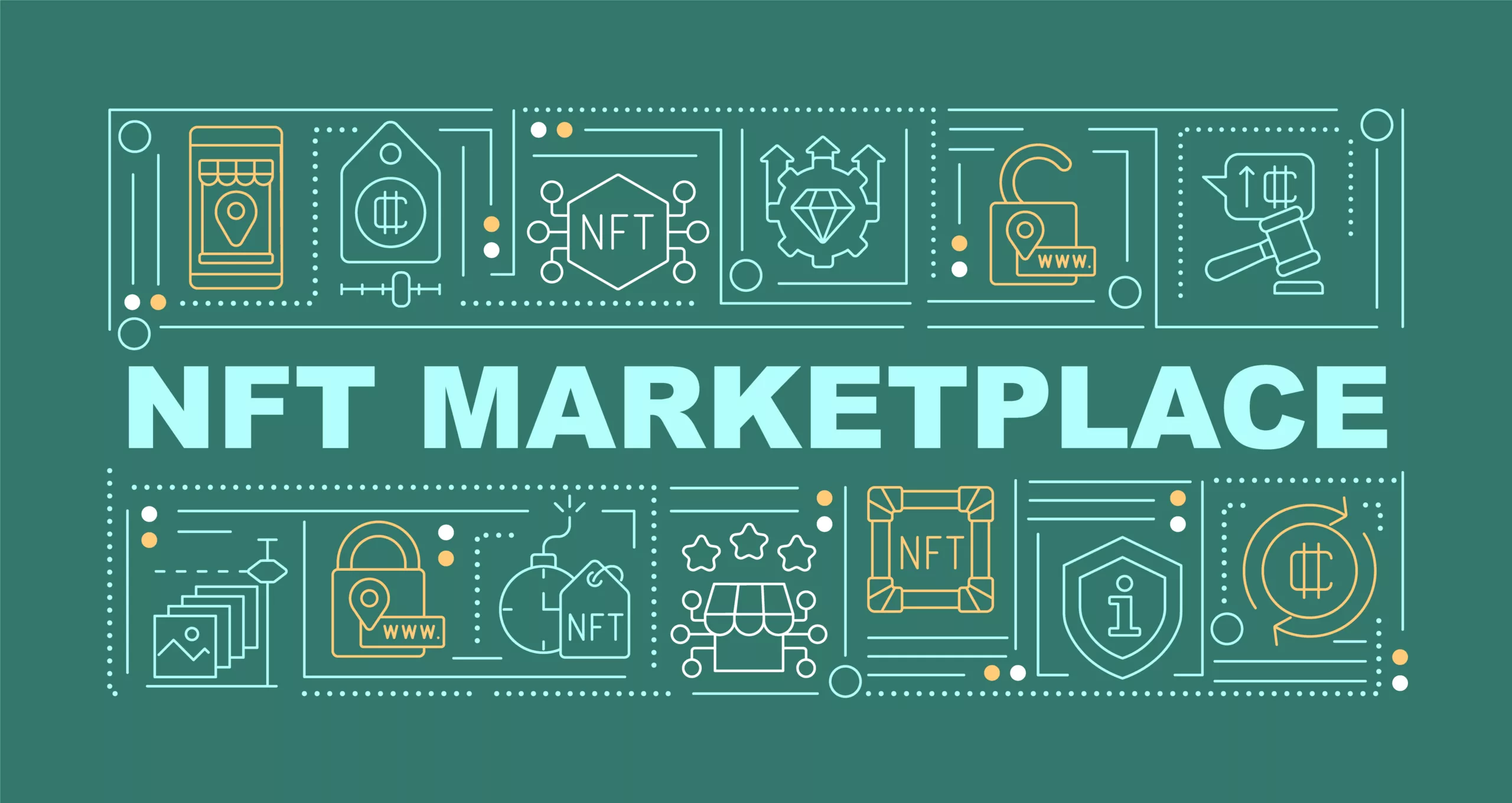Online gaming revenue 2025 forecasts indicate unprecedented growth in the digital entertainment sector. The gaming industry revenue is reaching new heights and it's not just about playing for fun anymore. With the rise of technology and the internet, many have found ways to turn their gaming passion into a source of income. In this article, we'll explore how online games make money and the different avenues available for gamers looking to cash in on their skills and interests in 2025.
FINANCIAL DISCLOSURE
The content provided is for informational purposes only. The Nomad Partnership does not guarantee any specific outcomes from following these recommendations. Please conduct your own research before making any financial decisions.
AFFILIATE DISCLOSURE
We may earn a small commission if you purchase through our links, but this is at no extra cost to you
Key Takeaways
- Mobile gaming revenue 2025 projections show unprecedented growth in the sector
- Online games generate revenue through in-game purchases and subscriptions.
- eSports is a major player in monetisation, offering sponsorships and prize money.
- Affiliate marketing allows gamers to earn by promoting gaming products.
- Selling digital assets and merchandise, including NFTs, is on the rise.
- Online gaming revenue 2025 projections show multiple revenue streams emerging.
- Mobile gaming is expected to surpass $100 billion in revenue, driven by real money gaming.
Exploring Revenue Models in Online Gaming

According to in-game purchase statistics, the online gaming world generates billions through micro-transactions, and there are many ways companies make money. It's not just about selling the game itself anymore. Let's look at some common ways revenue is generated. According to Statista's Market Forecast, revenue in the Games market worldwide is projected to reach US$522.46bn in 2025, with an expected annual growth rate (CAGR 2025-2029) of 7.25%, leading to a projected market volume of US$691.31bn by 2029.
In-Game Purchases and Micro-transactions
In-game purchases are super common. Think about buying extra lives, special items, or cosmetic upgrades. These small transactions, often called microtransactions, can add up to big money for game developers. It works because players are already invested in the game and are willing to spend a little to get ahead or customize their experience. The key is to make these purchases feel optional but desirable. In-app purchases provided by the game owners include additional and exciting paid features that appeal to diverse player segments. These are most likely to attract players who have already invested in your video games. It can be done by constantly updating features that match current market trends.
Subscription Services and Memberships
Some games use a subscription model. Players pay a monthly fee to access the game and its features. This can include access to exclusive content, servers, or other perks. It's like paying for a Netflix account, but for a game. This model provides a steady stream of income for the developers, which can be used to support the game and add new content. Premium membership subscriptions are one of the diverse revenue streams that real money play opens up.
Advertising Revenue Streams
Advertising is another way games make money. This can include showing ads before, during, or after gameplay. It can also involve product placement within the game itself. While some players find ads annoying, they can be a significant source of revenue for free-to-play games. The trick is to integrate ads in a way that doesn't disrupt the gameplay experience too much. Advertising revenue from high-intent audiences is one of the diverse monetization opportunities that real money play opens up.
It's interesting how the revenue models have evolved. Years ago, you just bought a game, and that was it. Now, there are so many different ways for companies to make money, and for players to spend it. It's a whole different world.
The Role of eSports in Monetisation
The esports market growth has transformed competitive gaming into a multi-billion dollar industry, and its ability to generate revenue is only growing. It's not just about the prize money anymore; the whole ecosystem around competitive gaming is now a money-making machine.
Prize Money and Sponsorships
The most obvious way eSports generates revenue is through prize pools at tournaments. These can range from a few thousand dollars for smaller events to tens of millions for major championships. Last year, over $156 million was given out across 3,500 tournaments. Sponsorships are another huge piece of the pie. Companies pay to have their brands associated with teams, players, and events, knowing that they'll reach a large and engaged audience. For example, a skilled player secured a substantial $4.2 million in earnings.
Streaming and Broadcasting Rights
Watching other people play video games might seem strange to some, but it's a massive industry. Platforms like Twitch and YouTube Gaming are where millions of people tune in to watch professional gamers compete and stream. The streamers themselves make money through subscriptions, donations, and advertising. Broadcasting rights for major tournaments are also sold to television networks and streaming services, bringing in even more revenue. You can make money by sharing your gaming experiences on social media.
Merchandising Opportunities

Just like traditional sports, eSports has a thriving merchandise market. Teams sell jerseys, hats, and other apparel, while individual players often have their own branded merchandise. This is another way for fans to support their favourite teams and players, and it provides a significant revenue stream for the eSports organisations. To capitalise on this trend, consider selling gaming-themed t-shirts.
The growth of eSports has created a whole new economy around gaming. It's not just about playing games for fun anymore; it's a legitimate career path for many, and a lucrative business for organisations and companies involved.
Affiliate Marketing in the Gaming Industry
Affiliate marketing can be a solid way to make some money if you're already into gaming. It's basically partnering with gaming companies or related businesses and promoting their stuff. When someone buys something through your special link, you get a cut. It's not always a get-rich-quick scheme, but it can add up, especially if you're consistent.
Joining Affiliate Networks
Getting started usually means signing up with an affiliate network. These networks act like a middleman, connecting you with different gaming companies that are looking for people to promote their products. You can find gaming affiliate programs that fit your style. Some popular networks include Amazon Associates, ShareASale, and CJ Affiliate. They offer a bunch of different programs, so you can pick the ones that match your audience and the kind of games you like. It's a good idea to check out a few different networks to see which ones have the best deals and the most relevant products.
Promoting Gaming Products
Once you're in an affiliate program, the next step is promoting the products. This can be done in a bunch of ways. If you have a blog, you can write reviews or create lists of the best gaming gear. If you're on YouTube, you can make videos showing off new games or accessories. Social media is another good place to share your affiliate links. The key is to be genuine and only promote stuff you actually believe in. People can usually tell when you're just trying to make a quick buck, and that can hurt your credibility.
It's important to be transparent about your affiliate relationships. Disclosing that you're earning commissions on sales helps build trust with your audience. Plus, it's often a legal requirement.
Earning Commissions Through Content Creation
Content creation is where you can really shine as an affiliate marketer. Whether it's writing blog posts, making videos, or streaming on Twitch, creating engaging content is key to driving sales. Focus on providing value to your audience by offering helpful tips, honest reviews, and entertaining gameplay. For example, if you're reviewing a new game, don't just talk about the graphics and gameplay. Talk about the story, the characters, and the overall experience. The more informative and engaging your content is, the more likely people are to click on your affiliate links and make a purchase. Also, don't forget to optimise your content for search engines so that more people can find it. Creating affiliate marketing content is a great way to earn commissions.
Selling Digital Assets and Merchandise

It's interesting how the gaming world has changed. What was once just about playing games is now also about owning a piece of them, or even wearing them. Selling digital assets and merchandise has become a real way for developers and players to make money.
Creating and Selling NFTs
NFTs, or non-fungible tokens, are unique digital items that can be bought and sold. Think of them as digital collectibles. In games, these can be anything from special weapons to unique character skins. People are using graphic design skills to make digital art or get involved in NFT games. In these games, you might create a character, buy items, or unlock new stuff, and then sell it. It's like owning a piece of the game itself. You can find courses or videos to learn more about NFTs. After you design something, you can sell it in the game or on platforms like OpenSea. Just make sure to check the details and prices before you list it.
Merchandising Gaming Apparel
Selling gaming apparel is another way to make money. Lots of gamers like to show off their favourite games with t-shirts, hoodies, and other clothing. If you want to get in on this, you could hire a designer or use online tools to create designs that gamers will like. Then, you can put those designs on different products and share links to sell them. Social media and YouTube can be great for promoting your stuff. It might take some time to get going, but the profit margins can be good as you get more popular.
Trading Digital Items and Accounts

Selling digital items, like Steam trading cards, or even entire accounts is another option. Skilled players might even get paid to boost other players' ratings. However, it's important to remember that not all games allow this, so you need to check the rules first. Also, grinding for cards might not be fun unless you're really good at the game. Selling gaming merchandise can be a good way to offset gaming expenses.
It's important to be aware of the risks involved in trading digital items and accounts. Some platforms have strict rules against it, and you could get banned from the game. Always do your research and make sure you're following the rules.
The Impact of Mobile Gaming on Revenue
Mobile gaming revenue 2025 forecasts predict the sector to exceed $100 billion, and it's not showing any signs of slowing down. Online gaming revenue 2025 predictions highlight mobile gaming as the fastest-growing segment. It's changed how games are made and how money is earned in the gaming world. Let's take a look at how mobile gaming impacts revenue.

Real Money Gaming Trends
Real money gaming (RMG) is becoming more popular on mobile. This involves games where players can win or lose actual money. It's not just about traditional casino games anymore; skill-based games and even some esports titles are incorporating RMG elements. This trend is fueled by convenience, engagement, and secure tech.
Engagement Through Mobile Platforms
Mobile platforms make it easier for people to play games whenever and wherever they want. This constant accessibility leads to higher engagement rates compared to traditional gaming platforms. Think about it: you can play a quick game on your phone during your commute, while waiting in line, or during a break at work. This increased engagement translates directly into more opportunities for monetisation, whether through in-app purchases, ads, or subscriptions. According to recent data, mobile gaming revenue is expected to keep growing, driven by increased time spent and session frequency.
Future Projections for Mobile Revenue

Looking ahead, mobile gaming revenue is projected to keep climbing. Factors like increasing smartphone penetration in emerging markets, advancements in mobile technology, and the growing popularity of cloud gaming services are expected to contribute to this growth. New monetisation models, such as blockchain-based gaming and NFTs, could also play a role in shaping the future of mobile gaming revenue. It's a dynamic landscape, and staying ahead of the curve will be key for developers and publishers. Current gaming industry revenue trends indicate a shift towards mobile-first development strategies. Industry experts predict online gaming revenue 2025 figures will exceed previous estimates.
Mobile gaming is not just a trend; it's a fundamental shift in how people consume and interact with games. Its impact on revenue is undeniable, and its future potential is immense. As technology evolves and player preferences change, mobile gaming will continue to be a driving force in the gaming industry.
Game Development and Monetisation Strategies

Game development is now more accessible than ever, with tools and platforms opening doors for both aspiring developers and established studios. It all starts with a solid game concept and careful planning. Defining the core mechanics, art style, and target audience is important for creating a unique and engaging experience. Investing in a compelling storyline, intuitive controls, and immersive gameplay can really help a game stand out. Let's explore some ways game development and monetization strategies are intertwined.
Freemium Models and Their Effectiveness
Freemium models have become a popular way to get games into players' hands. The basic game is free to play, but players can spend money on in-app purchases mobile game monetization to get extra features, items, or advantages. The effectiveness of this model depends on balancing the free and paid aspects. If the game is too restrictive without spending money, players might get frustrated and leave. However, if the paid content is too powerful, it can create a “pay-to-win” environment that turns off other players. Finding the right balance is key to making the freemium model work.
Crowdfunding for Game Development

Crowdfunding has emerged as a viable way for developers to secure funding for their projects. Platforms like Kickstarter and Indiegogo allow developers to present their game ideas to the public and solicit donations. If the project reaches its funding goal, the developers receive the money to complete the game. Backers often receive rewards, such as early access, in-game items, or even a copy of the game itself. Crowdfunding can be a great way to get a game off the ground, but it also comes with responsibilities. Developers need to be transparent about their progress and deliver on their promises to backers.
Licensing and Partnerships
Licensing and partnerships can provide game developers with access to established intellectual property (IP) or resources. For example, a developer might license a popular movie or book franchise to create a game based on that IP. This can give the game a built-in audience and increase its chances of success. Partnerships with other companies can also provide developers with access to technology, marketing support, or distribution channels. These arrangements can be beneficial for both parties, allowing developers to create better games and partners to reach new audiences.
It's important to remember that game development is a complex process that requires a combination of creativity, technical skill, and business acumen. There are many different paths to success, and what works for one developer might not work for another. The key is to experiment, learn from your mistakes, and never give up on your vision. In-game purchase statistics show that player spending on virtual items has increased by 11.2% since last year.
The Future of Online Gaming Revenue in 2025
Online gaming is always changing, and how money is made is changing too. It's not just about buying games anymore. New tech, different players, and new places to play all have a part. Let's look at what might be coming.
Technological Innovations and Their Impact
New tech is a big deal. Things like better internet, more powerful phones, and new ways to play games (like VR) are changing what's possible. Blockchain and cryptocurrency integration are making real money gaming more transparent and secure. Augmented Reality (AR) and Virtual Reality (VR) experiences will become more immersive, offering players a real-life casino feel from their mobile devices. AI is helping game developers create personalised experiences by analysing player behaviour and offering customised game recommendations and promotions. These changes mean games can make money in new ways, like through selling digital assets that are unique and valuable.
Changing Player Demographics
Who is playing games is also changing. More older people are playing, and more women are playing. People want different things from games now. Some want to compete, some want to relax, and some want to make friends. Games have to change to keep everyone happy. Social features like live tournaments, leaderboards, and multiplayer betting are making real money gaming more engaging, fostering a sense of community among players. This means games need to find ways to make money that work for everyone, not just one type of player.
Emerging Markets and Opportunities
New places are becoming big for online games. Places like India and South America have lots of new players. These players might not have much money, but there are so many of them that it adds up. Games need to be made for these players, and they need to be affordable. Mobile gaming revenue is expected to surpass $100 billion by 2025, with a large share coming from in-game purchases, micro-transactions, and real money gaming. This growth is fuelled by convenience, engagement, and advanced technology. This means there are new chances for game companies to make money if they can reach these new players with engaging monetisation models.
The future of online gaming revenue is all about change. New tech, new players, and new places to play mean that games have to keep changing to stay ahead. The companies that can do this will be the ones that make the most money.
Final Thoughts on Online Gaming Revenue in 2025
In conclusion, the landscape of online gaming is set to evolve significantly by 2025, with various methods for gamers to earn money becoming more accessible. From affiliate marketing to streaming and selling digital items, opportunities abound for those willing to explore them. The gaming community is growing, and so is the potential for income generation. As technology advances and new trends emerge, it will be essential for gamers to stay informed and adapt to these changes. Ultimately, turning a passion for gaming into a source of income is not just a dream anymore; it's a reality that many are already experiencing.
Frequently Asked Questions

What are in-game purchases?
In-game purchases are items or upgrades that players can buy while playing a game. These can include things like new outfits, extra lives, or special abilities.
How do subscription services work in gaming?
Subscription services let players pay a monthly fee to access a library of games. This way, they can play many games without buying each one separately.
What is eSports and how does it make money?
eSports are competitive video game tournaments. They make online gaming revenue through sponsorships, ticket sales, and advertising.
Can I earn money by streaming my gameplay?
Yes! You can earn money by streaming your games on platforms like Twitch or YouTube. Viewers can donate money, subscribe to your channel, or watch ads.
What are NFTs in gaming?
NFTs, or Non-Fungible Tokens, are unique digital items that players can buy, sell, or trade. They can be anything from artwork to in-game characters.
How does mobile gaming impact revenue?
Mobile gaming has become very popular and is expected to earn over $100 billion by 2025. Many players enjoy the convenience of playing games on their phones, leading to more in-game purchases.
What is the projected mobile gaming revenue 2025?
Mobile gaming revenue 2025 forecasts suggest the industry will exceed $100 billion, driven by in-app purchases and subscription models.
PRIVACY CONTACT
For privacy concerns, Email: legal@thenomadpartnership.com





